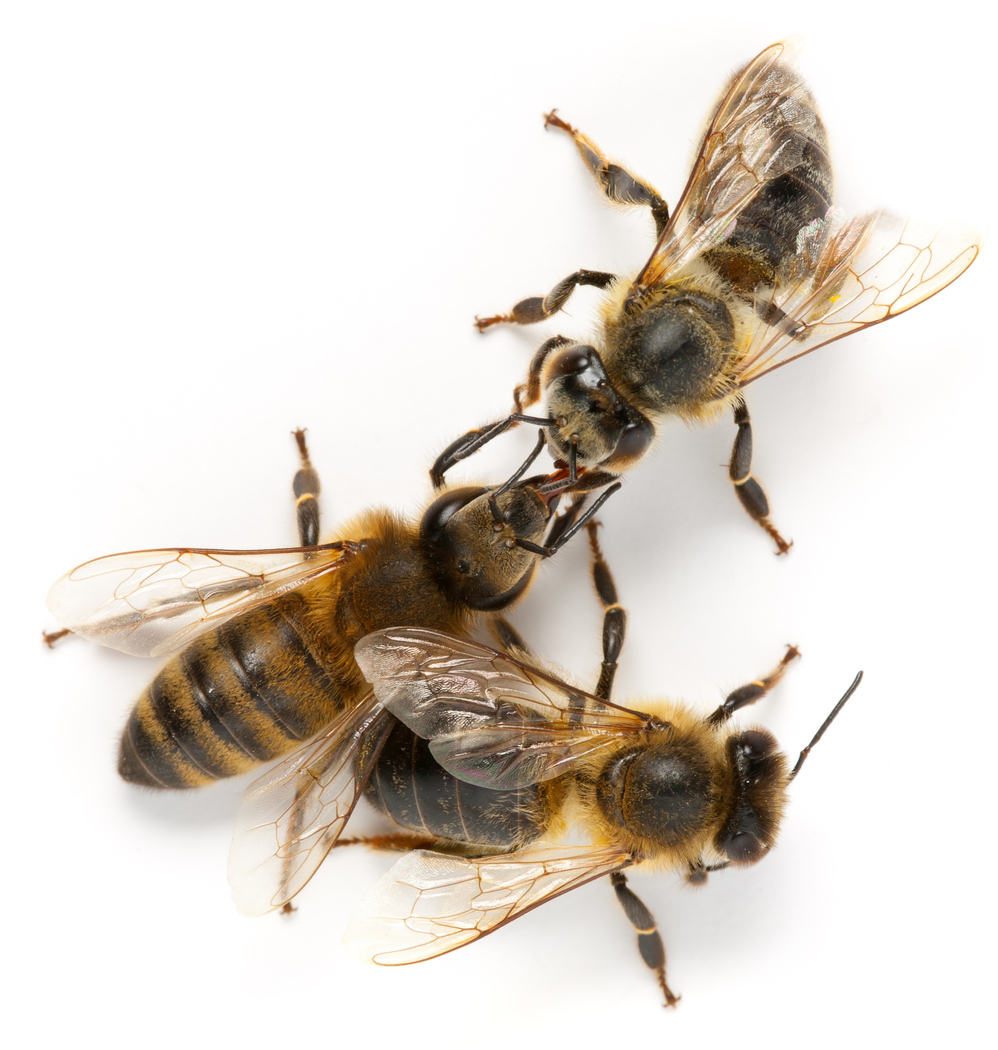Honey bees are insects that are closely related to wasps and ants. They live in colonies or hives that can contain up to tens of thousands of individual bees. The colony is made up of three types of bees: the queen bee, the worker bees, and the drones.
The queen bee is the only sexually mature female in the hive and is responsible for laying all of the eggs. She can lay up to 2,000 eggs per day and can live for several years. The worker bees are all female and are responsible for a variety of tasks, including collecting nectar and pollen from flowers to make honey, caring for the young bees, and protecting the hive from predators. Worker bees can live for several months. The drones are male bees and their only purpose is to mate with the queen. They do not have stingers and do not participate in hive activities. They die soon after mating.
Honey bees are important pollinators, which means that they help plants reproduce by transferring pollen from one plant to another. This is important for the health of the environment and for the production of many foods that we eat. Honey bees are also important for the production of honey, which is made from the nectar that they collect from flowers.
